Industrial Transformations are culture-changing activities designed to change the way work happens at companies that undertake them. Conventional wisdom might suggest that any sub-set of Industrial Transformation (IX) focused efforts would require similar traits of their leaders, but our research shows that is not the case. Particularly glaring is the difference between IX Leaders and Quality 4.0 Leaders.
The program head of the Industrial Transformation program at IX Leading companies deeply understands TWICE as many of the areas shown below in Figure 1 than Followers do (4 vs. 2).
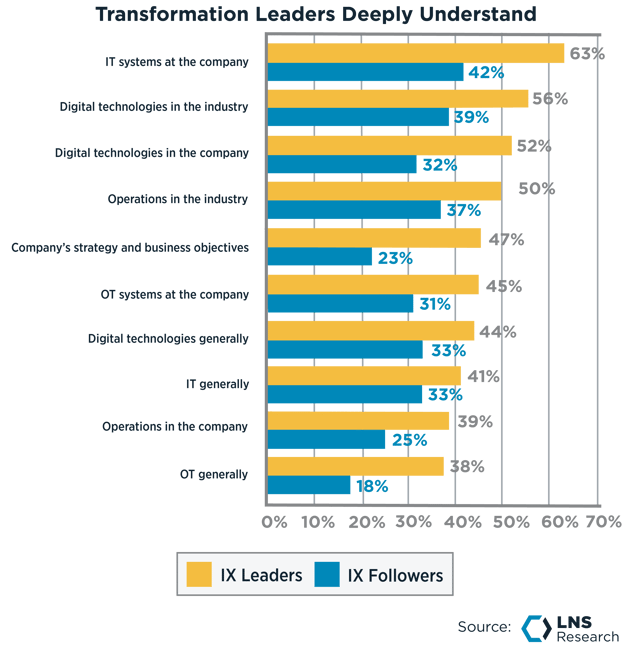
Figure 1: A deep understanding of strategy, business objectives, and OT is important.
IX Leaders are TWICE as likely to have a program lead with a deep understanding of:
Understanding the business drivers for transformation is critical. It is also important to understand how processes work in the manufacturing plants. Transformation is more effective if it is focused on solving the critical problems that the business faces.
Quality 4.0 Leaders' important traits differ from overall IX Leader traits.
-
-
-
Quality 4.0 Program leaders are more than twice as likely to NOT come from deep-Quality domain expertise.
-
The low importance of company strategic objectives belies an underlying issue with Quality 4.0 transformations.
-
The understanding of IT systems at companies is only 5th in the list of important characteristics for a Quality 4.0 Program Leader. (Figure 2)
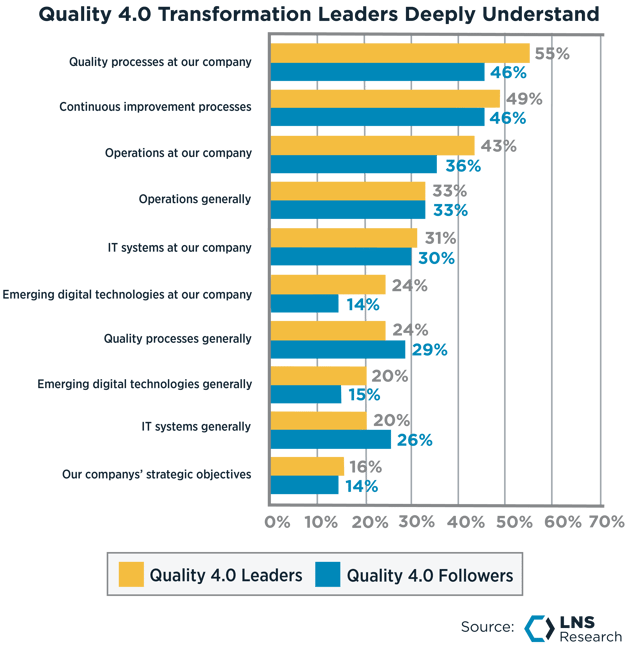
Figure 2: Lack of emphasis on understanding business objectives is a key miss.
Lack of emphasis on understanding business objectives and IT Systems is a critical miss for Quality 4.0 programs. Eighty percent of Quality 4.0 programs are led by outsiders, typically IT or an Operations leader. Quality 4.0 is being done TO the Quality function rather than WITH the Quality function.
Our research on Quality 4.0 shows why career Quality Leaders are perhaps not best suited to lead their own Quality 4.0 Programs. Among the reasons are:
-
-
-
Lack of alignment between Quality Objectives and Business Objectives
-
Quality is viewed as a policing function
-
Lacking a "Culture of Quality"
-
Quality is an "Influence" leadership role
-
Quality is typically a sub-function of a function that has a primary role in delivering the value proposition of the company
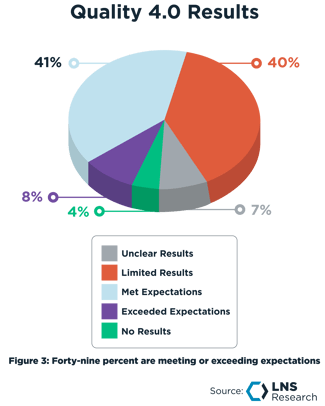 The good news is that all is not lost. There are some successful Quality 4.0 programs. In our latest research on Quality 4.0, 8% reported exceeding the program's goals. (Figure 3)
The good news is that all is not lost. There are some successful Quality 4.0 programs. In our latest research on Quality 4.0, 8% reported exceeding the program's goals. (Figure 3)
Those that are succeeding demonstrate some common characteristics that I call the Three Cs+I.
-
-
-
Collaboration
-
Communication
-
Council
-
Inclusion
Collaboration
Quality 4.0 leaders are doing more in every way to enable collaboration between the operational and digital teams, including:
-
-
-
Creating a Common Vocabulary
-
Job Sharing across Quality and Digital
-
Establishing a dedicated Digital Quality role
-
Creating career tracks across Quality and Digital
-
Investing in Training on Digital Technology (Figure 4)
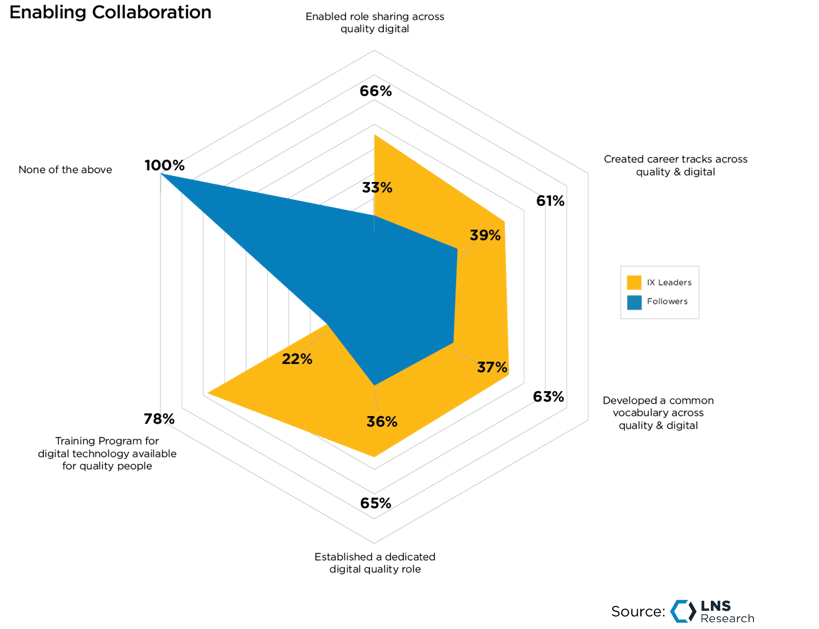
Figure 4: Leaders enable collaboration
Communication
Quality 4.0 leaders are routinely communicating internally about program progress. Not communicating leaves employees who may be affected by the change wondering what is happening.
It is human nature to fill in the blanks when you don't know what is happening or can't understand the changes you might be seeing.
It's the leader's responsibility to establish internal communication routines and stick to them. We don't have a specific recommendation on the cadence, content, or communication method; every organization is like a snowflake, and the culture dictates how communication is best handled.
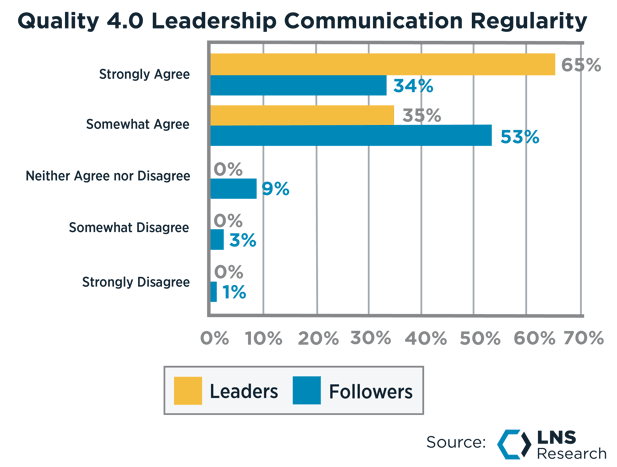
Figure 5: Leaders are twice as likely to routinely communicate internally about IX.
Council
Quality departments are painted with some negative stereotypes. Among them are:
-
-
-
Quality is a policing function
-
Quality delights in finding defects
-
Quality goals are not aligned with business goals
-
A "Culture of Quality" means doing things the way Quality tells us to
-
The characteristics of quality for product & process are the responsibility of those in the Quality Department
Our research shows that one thing, above all others, can change those stereotypes and establish Quality as a trusted partner in Transformation:
Charter or participate in a cross-functional Digital Council. (Figure 6)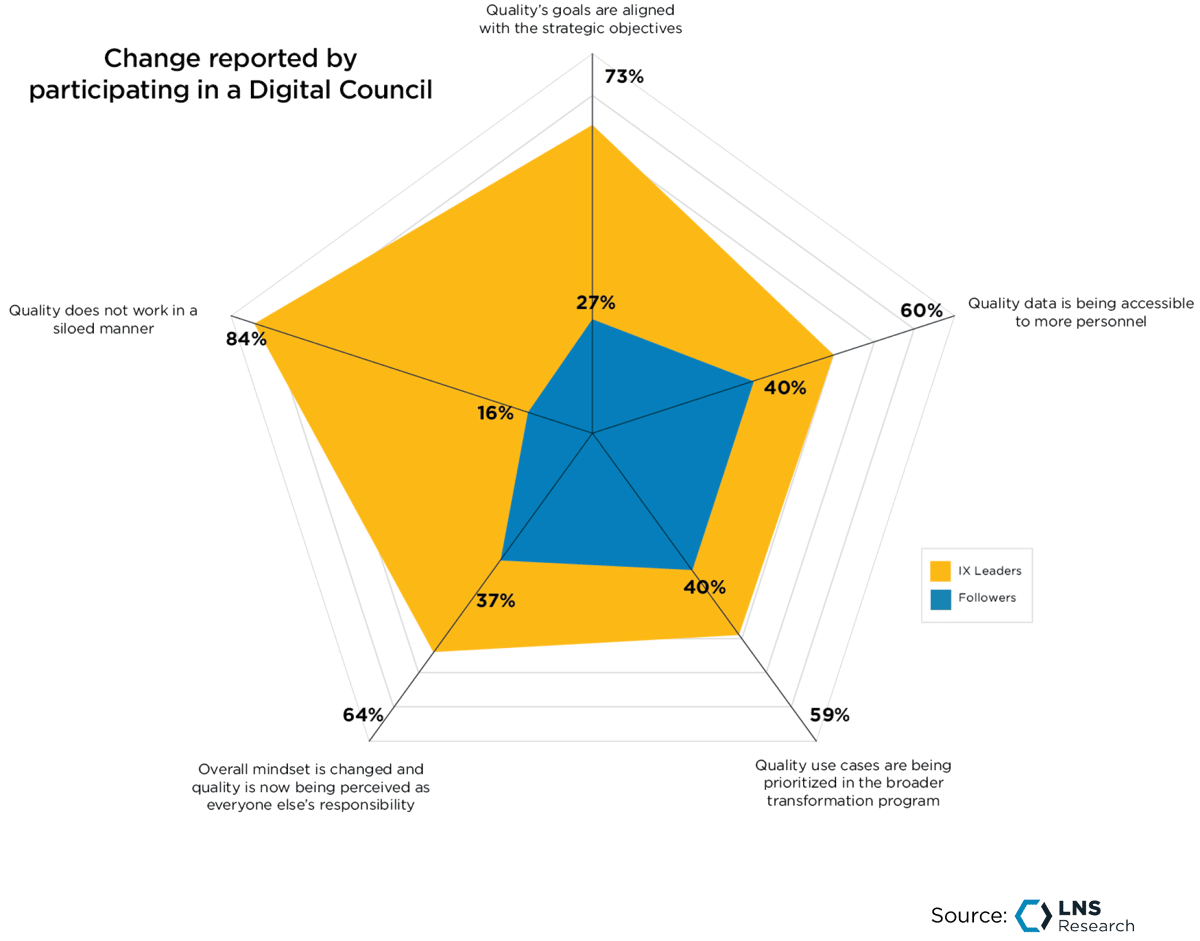
Figure 6: Impacts of a Digital Council on Quality
Quality 4.0 leaders report dramatic changes in perception by chartering or participating in a broad, cross-functional Digital Council, including:
-
-
-
Nearly TWICE as much change in organizational mindset about responsibility for quality to be everyone's responsibility.
-
Over 80% higher breaking down of the siloed work behavior that characterizes interactions between Quality and others.
Inclusion
Leaders are nearly TWICE as inclusive of other functional areas in the scope of their Quality 4.0 Program. (Figure 7)
Quality 4.0 is not about making the Quality function more efficient; that's one of the things an EQMS does. A Quality 4.0 program is about adding value across the value chain for the customer.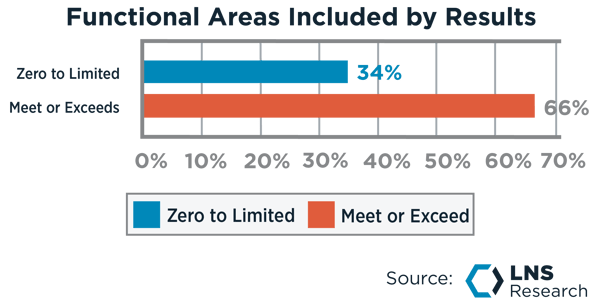
Figure 7: A broader scope of inclusion gets greater results
To achieve that vision, the scope of the Quality 4.0 program must include those other functions responsible for their part of the value chain:
-
-
-
R&D or Engineering for New Product Design
-
Supply Chain for Vendor Management
-
Operations for manufacturing
-
Engineering or Maintenance for Asset Performance
-
Customer for after-sales service and customer sentiment
Summary and Recommendations for Quality Leaders:
-
-
-
Transformation Leader traits and Quality 4.0 Leader traits are not aligned.
-
This is mainly from a unique situation around the management of Quality 4.0 transformations.
-
Despite this anomaly, Quality 4.0 Leaders need to understand the business and follow the LNS Research Industrial Transformation Framework flow down from Business Objectives through Change Management.
-
Filling the Quality 4.0 Transformation Leader role with the right skills is essential to set the tone and direction of the overall program.
Heads of Quality should:
Additional Related Resources:
